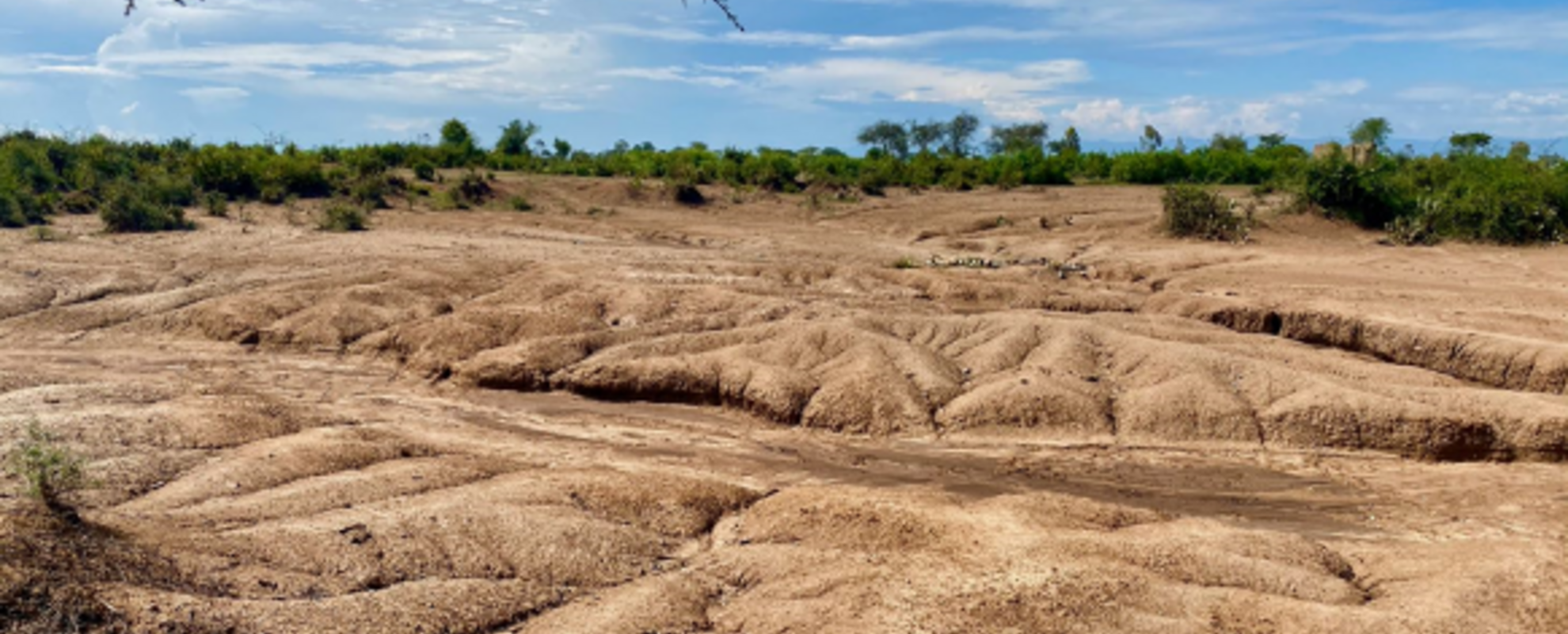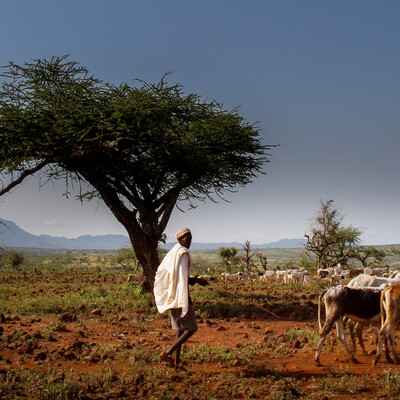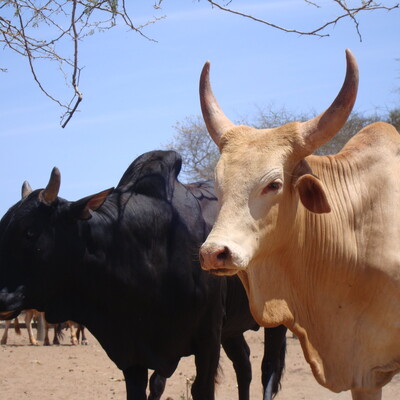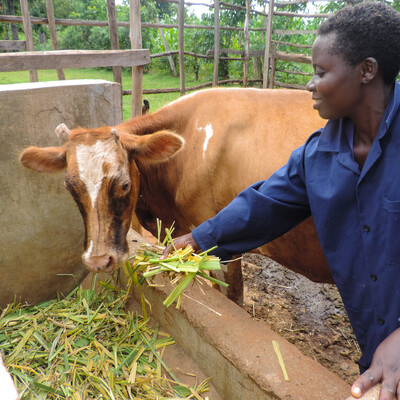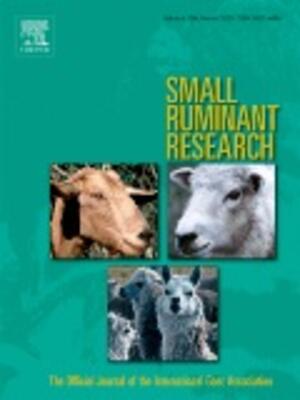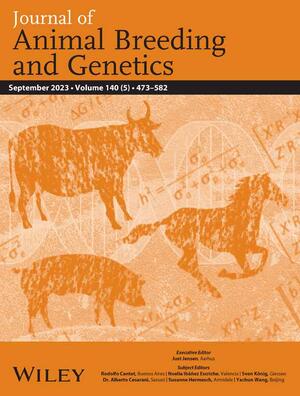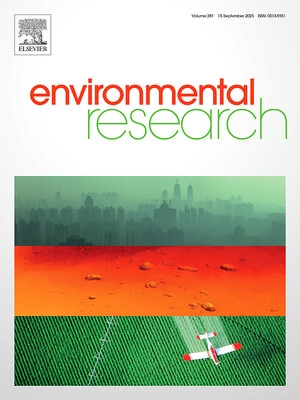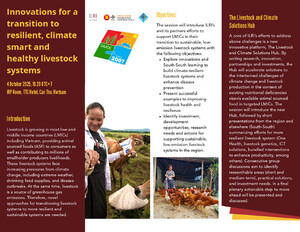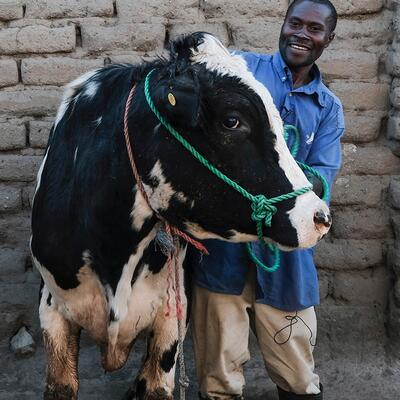
Research activities under COVID-19: a case of the ReDEAL project
This blog has been written by Dr. Alice Onyango
“If we continue to treat this disease normally, it will treat us abnormally” is a popular quote in Kenya, recently originating from Hon. Mutahi Kagwe, the Cabinet Secretary of Health. This is true in all facets of life including research, where we must accept a “new normal” to the way we conduct it.
In April 2019, Mazingira Centre of ILRI in conjunction with Lancaster University, The University of Manchester, the Centre for International Forestry Research (CIFOR) and University of Kabianga was awarded a grant by the UK Government BBSRC as part of the Global Challenges Research Fund for a project in Western Kenya called “Restoration of African Degraded Landscapes (ReDEAL)”. It is taking place in the Nyando and Sondu basins, which are home to the Mau Forest (Figure 1). The project aims to help reverse degradation trends in smallholder grazing lands of Western Kenya through use of plant diversity and livestock management. The thinking behind this is that biophysical and institutional research coupled with landscape monitoring can generate robust evidence for better land restoration practices and policies.

Map of the study area in Western Kenya (Source: G. Yesuf)
Land is considered degraded when it loses its ability to provide specific ecosystem services (e.g., food, fiber, water), support (e.g. nutrient cycling, soil formation, photosynthesis), regulate (e.g., pests, pollination); and serve culture (e.g., recreation, tourism, aesthetics). This process can be accelerated by human activities such as overgrazing, deforestation, and intensive cropping activities. In Kenya, over 12 million people live on degraded lands covering 17% of the total area of the country (https://link.springer.com/chapter/10.1007/978-3-319-19168-3_16; Figure 2). Western Kenya is classified as severely to very severely degraded due to conversion of forests into cropland, low input of nutrients into the soil, overgrazing, and socio-climatic changes. This has led to overall low land and livestock productivity and low resilience to extreme climatic events causing food and income insecurity.
 Degraded land in Nyando, Western Kenya in November 2019 (Photo by L. Merbold)
Degraded land in Nyando, Western Kenya in November 2019 (Photo by L. Merbold)
Under the “old normal” research regime, the project got fully underway in October 2019 when all the project partners met in Kericho (Figure 3) together with the Scientific Advisory Board and members of the community for consultations aimed at getting everyone on-board and to chart the detailed project implementation plan.
 Project partners visiting a farmer during a field visit at Kapsarok, Kericho County, Kenya (Photo by B. Ng’eno)
Project partners visiting a farmer during a field visit at Kapsarok, Kericho County, Kenya (Photo by B. Ng’eno)
This was followed by field visits, identification of farmers and plots for field experiments, seeking and securing consent for participation, administering of household surveys, setting up monitoring plots, initial biomass data collection and setting up a soil analytical lab between December 2019 – February 2020 (Figure 4). However, in March 2020, the world as we know it “flipped” with travel restrictions enforcing a complete stop of all fieldwork and an improvised refocusing on desk work.

Field work setting up vegetation monitoring cages and herbarium preparation for plant species identification (Photos by B. Ng’eno and A. Otieno)
In order to ensure progress with the project and also to be ready to resume fieldwork once the restrictions are loosened the team continued to have virtual meetings. This encompassed phone calls across different time zones, WhatsApp communication with farmers and other partners, virtual coordination of field and laboratory. Furthermore, contingency plans were drawn up based on different scenarios.
By August 2020, we were approved to resume some of the field work and we remain positive that the current situation will improve globally and locally and although the “new normal” may be here to stay, we strive to equip ourselves to be flexible and resilient enough to continue doing what we do best: research that aims at “better lives through livestock”.





